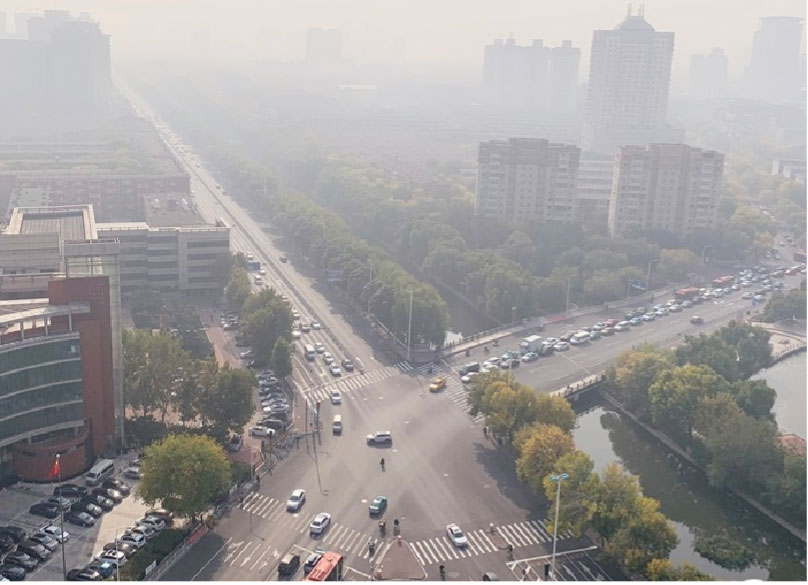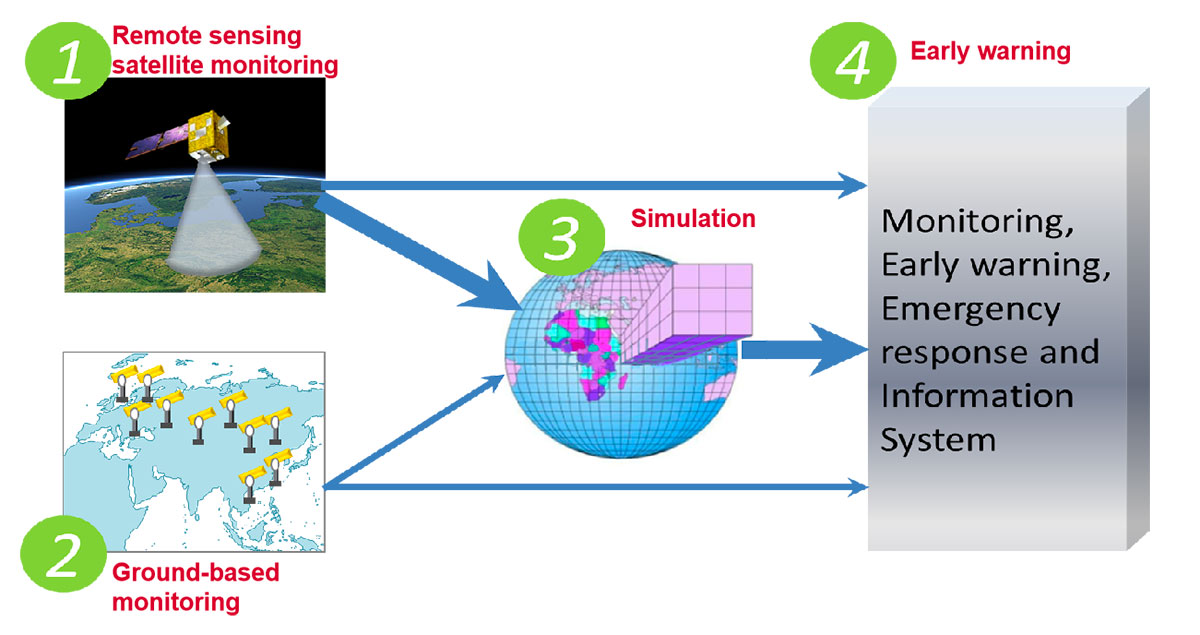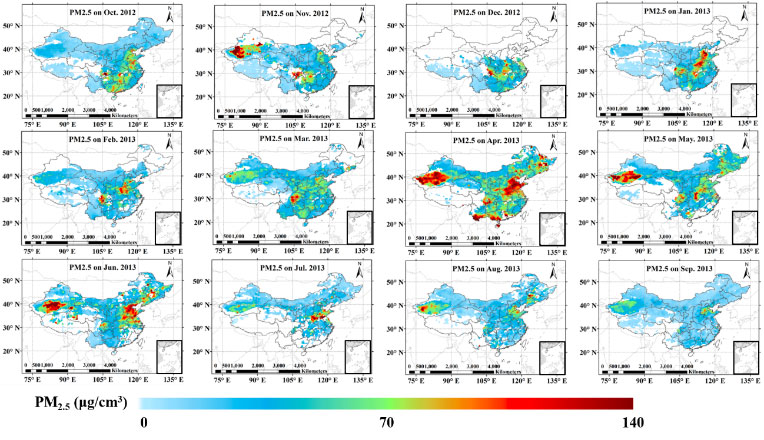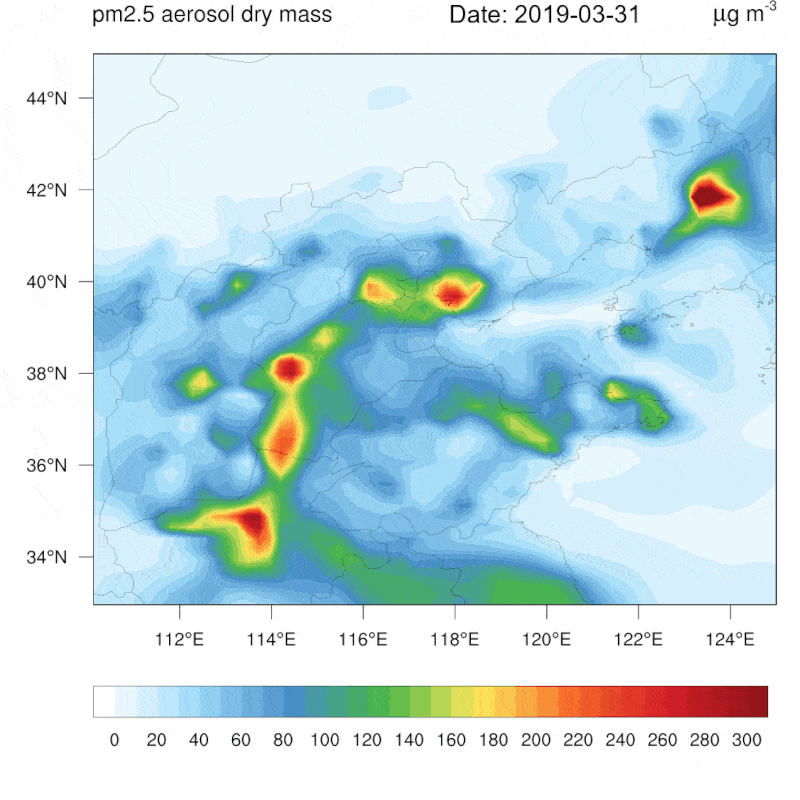DUST
Early-warning System of Severe Dust and Haze Events in China
Overview
Due to increased emissions from human activities, the atmospheric particulate matter results in reduced visibility, affecting traffic and life. Moreover, long-term inhalation of particulate matter can do harm to human health. The weather conditions, as well as the ecosystems that can, to some extent, prevent sand and atmospheric pollution, has become more unstable to induce more frequent and more severe dust and haze events in recent years.
In response to the urgent call for air pollution control, China National Space Administration launched several environment monitoring satellites including Gaofen 5 and Gaofen 5-02 to provide space observation for environmental supervision therefore to support environmental governance.
Thanks to data from these satellites, the DUST project is dedicated to developing an operational early warning system of severe dust and haze events to improve people’s adaptation to these elusive bad weather situations under climate change.
|
► Schematic diagram of the early-warning system of severe dust and haze events in China. © Aerospace Information Research Institute, Chinese Academy of Sciences |
|
Application site(s)
China
Data
Satellite
- GaoFen satellites (GF-5/GF-5-02)
Other
- Ground-based observations:
- AERONET (AErosol RObotic NETwork)
- SONET (Sunphotometer network)
- Chemical transport model: WRF (Weather Research and Forecasting)
Results - Final product(s)
This project is aimed to develop a system to produce timely atmospheric conditions, especially for severe haze and dust event warning and forecasting. The project will help the development of an online system for monitoring, early-warning and emergency of haze and dust storms events for different end-users (environmental departments, governments, NGOs, scientists and general public).
The expected results will be presented as maps showing the spatial distributions of PM2.5 over China and specific regions, like Beijing-Tianjin-Hebei Region.
|
► Monthly mean PM2.5 and its time-space variation over China. © Aerospace Information Research Institute, Chinese Academy of Sciences |
|
|
► Daily PM2.5 forecast and its time-space variation over Beijing-Tianjin-Hebei Region. © Institut de recherche sur l'information aérospatiale, Académie chinoise des sciences |
|
References
-
Li, Z., Hou, W., Hong, J., Fan, C., Wei, Y., Liu, Z., Lei, X., Qiao, Y., Hasekamp, O. P., Fu, G., Wang, J., Dubovik, O., Qie, L., Zhang, Y., Xu, H., Xie, Y., Song, M., Zou, P., Luo, D., Wang, Y., and Tu, B.: The polarization crossfire (PCF) sensor suite focusing on satellite remote sensing of fine particulate matter PM2.5 from space, Journal of Quantitative Spectroscopy and Radiative Transfer 2022, https://doi.org/10.1016/j.jqsrt.2022.108217
-
Wu, H., Zhang, Y., Li, Z.*, Wei, Y., Peng, Z., Luo, J., and Ou, Y.: Prediction of Fine Particulate Matter Concentration near the Ground in North China from Multivariable Remote Sensing Data Based on MIV-BP Neural Network, Atmosphere 2022 13, 825, https://doi.org/10.3390/atmos13050825









